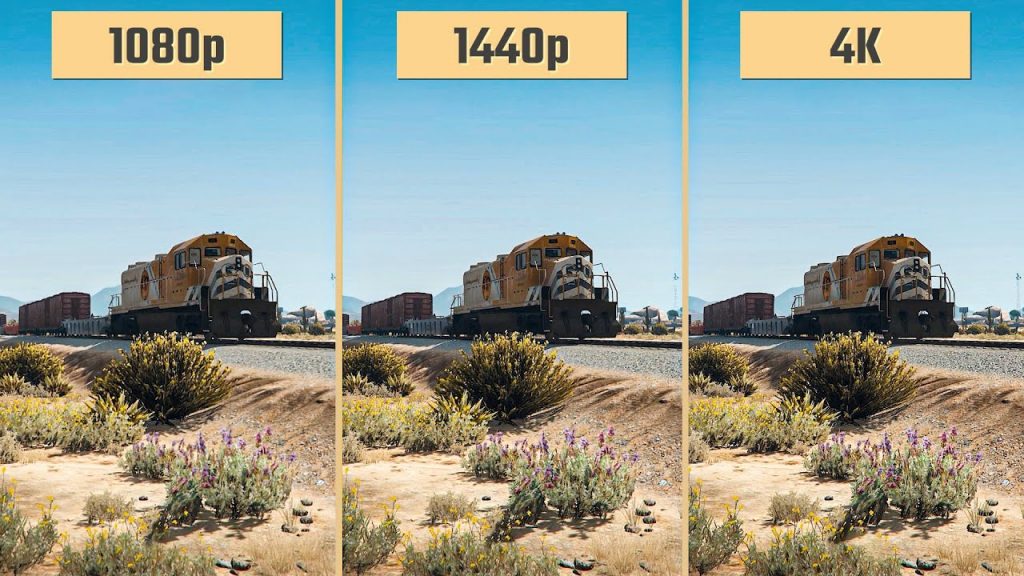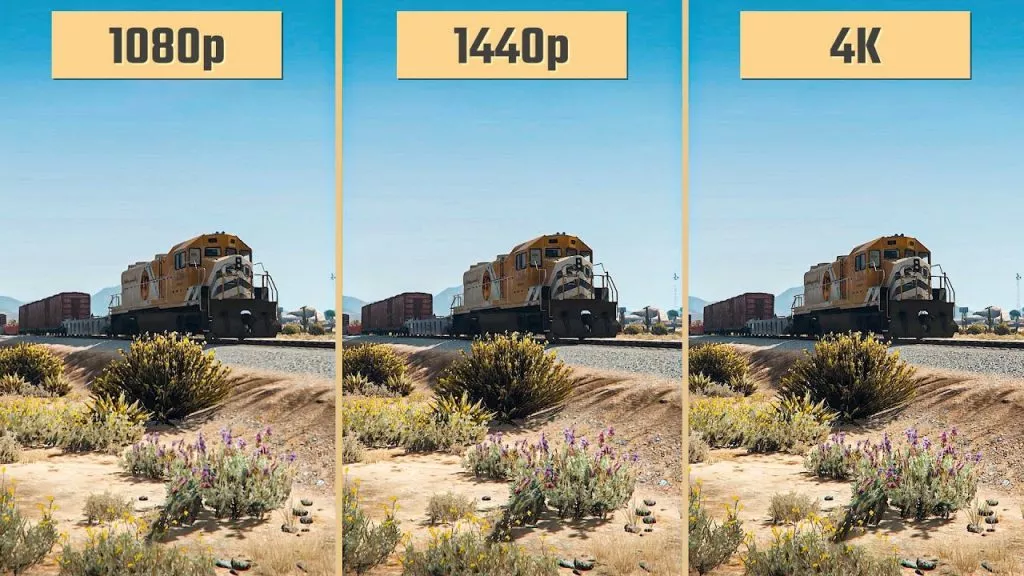You have thought of upgrading your gaming at 1440p, but is it worth it? The term “resolution” refers to how many pixels an image contains. It's measured in dots per inch (dpi), which is also known as PPI (pixels per inch). For example, a 1080p TV has 1,920 x 1,080 pixels, while a 4K TV has 3,840 x 2,160 pixels.
And how much power does it take to play at 4K?

If you're wondering how gaming at 1440p will impact your system, here's some good news: You probably won't notice any difference between playing games at 1080p and 4K. In fact, even though the higher resolution means more detail, it actually uses less power than lower resolutions. That's because the GPU (graphics processing unit) is able to render more frames per second with fewer pixels.
Why Is Resolution Important when gaming at 1440p?
A higher resolution means more details, so it's no surprise that gamers love the latest consoles. However, there's another reason why resolution matters: It affects the quality of the image. Higher-resolution displays like gaming at 1440p offer sharper images, while low-resolution screens blur everything together.
A higher resolution means crisper images, sharper text, and better detail. However, if you're using a computer monitor, there's one important thing to consider: screen size. If you want to play games at maximum settings, you'll need a high-res display. You can find monitors with resolutions ranging from 720p to 4K, but most people stick with 1080p because it offers the best balance between quality and price.
What's the Difference Between 1080p and 4K?
If you're looking at buying a TV, you'll probably notice two numbers next to the screen size. One number represents the display's horizontal resolution (the number of pixels across), and the other represents its vertical resolution (the number of lines). So, for instance, a 1920 x 1080 display would have 1,920 pixels across horizontally and 1,080 pixels vertically.
When it comes to resolution, there are two main types of displays: LCD and LED. Both offer different benefits, but both have their drawbacks. An LCD display uses backlighting to illuminate each pixel individually, making it easier to see in bright light. However, because each pixel is lit individually, LCD screens require higher power than LED displays. On the other hand, LED screens use less energy than LCDs, but they're harder to read in direct sunlight.
When we talk about resolution, we're usually referring to the number of pixels in an image. However, there's one other important factor to consider: pixel density. Pixel density measures the size of each individual pixel on a screen. A higher pixel density means that each pixel is smaller, resulting in crisper images.
What Does “Ultra” Mean?
Ultra HD TVs offer four times the resolution of standard HDTVs, meaning they display images with four times the number of pixels. That means ultra HD TVs can show off more detail than regular HDTVs. However, there's one catch: Ultra HD TVs require much higher resolutions than standard HDTVs. A 1080p TV requires 1,920 x 1,080 pixels, while a UHD TV needs 3840 x 2160 pixels. Although a 180p screen may be enough gaming at 1440p with the right setup will be incredible.







